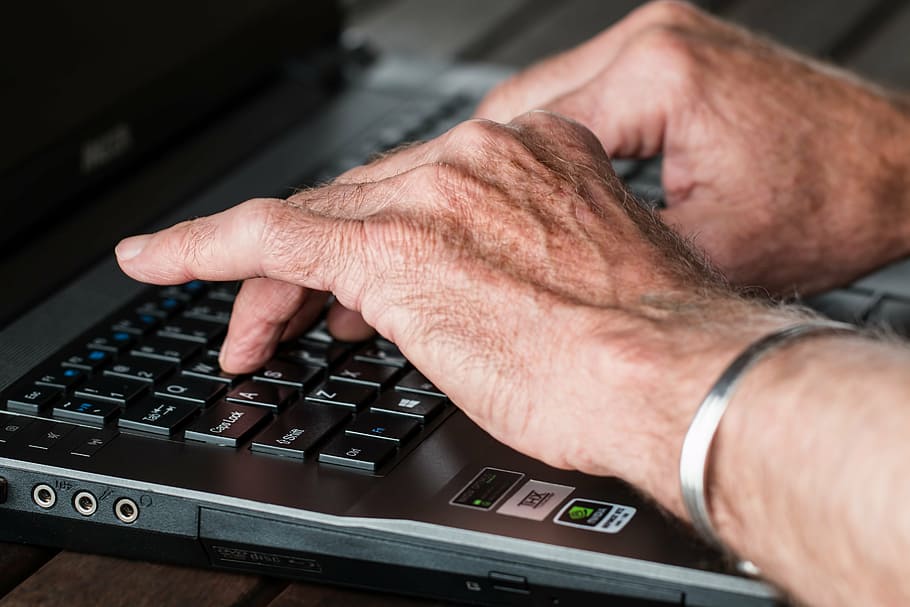
AI could help prevent discrimination towards older workers. (Source: Creative Commons via pxfuel.com)
Human Resources Research Shows AI Can Halt Corporate Ageism
How old are you? Twenty? Forty? Sixty? According to a story on hrtechnologist.com, ageism could impact you because you’re an older worker. The good news, however, is AI might be able to level the playing field for everyone.
The shift to high-tech for millions of jobs has caused society to become so youth-driven that older workers get short shrift for their skills and experience.
In just five years, 25% of all workers will be over 55, according to estimates, a percentage that has doubled over the last quarter-century. With the average age of retirement on the rise, more people are looking to either stay in the workforce longer or re-enter it when they’re over 55 via a new career path. In fact, nearly half of those aged 55-64 will exit and re-enter the workforce during this particular period.
Yet, while it takes the average person just 43 days to find, interview and start a new job, Baby Boomers can expect the same process to last 46 weeks! Not surprisingly, older workers are increasingly less likely to let this kind of discrimination happen to them without a fight.
AI and automation help companies identify potential biases in their hiring patterns. It can help companies move beyond age restrictions or a candidate’s “years experience” as criteria, which can hurt both younger and older applicants and lead to a less diverse candidate pipeline. Unnecessary age restrictions tend to eliminate broad swaths of potential workers. This not only promotes bias but makes it harder to find the best candidate available for a job. AI can also help businesses compensate for factors that lead to ageism, like salary requirements, which can effectively cut older applicants.
With the power and scale of AI and automation, hiring managers and recruiters can spend their time creating better messaging and setting searches to include older potential candidates. Without the benefit of AI, it’s far more challenging.
“A lot of the work revolves around unconscious bias training,” says Elizabeth Shober, Senior Director of Talent at Udemy and Founder of TechOver40. “We’ve had examples, for instance, where we’ve brought people in and we would start to hear feedback like: Well, I’m not sure they have energy, or, I’m not sure they’ll fit in culturally, or, Do they have enough stamina? A lot of it comes down to just training people against unconscious bias.”
By using AI to evaluate work performances, production needs and available resources such as employees, there is a much more likely chance of a successful balance of youth and experience. There are laws that point to the idea of at least trying to be fair in hiring.
In 1967, Congress passed the Age Discrimination Employment Act, but it wasn’t until Congress established the ADEA in 1967 that job candidates and employees who are 40-plus were protected from facing age discrimination in the workplace.
Then in 1998, the Workforce Investment Act (WIA) protects all applicants and employees from discrimination based on age. It also protects individuals from discrimination due to race, color, religion, sex, national origin, disability, political affiliation or belief. Below are links below outlining statistics and rules for the workplace regardless of age.
read more at hrtechnologist.com
read more at builtin.com







Leave A Comment